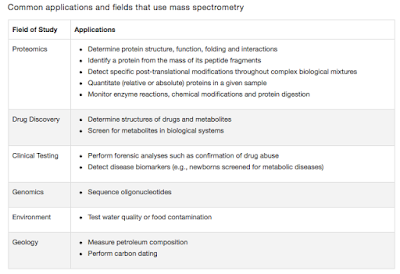BtB#2- Viable but non-culturable
Greetings,
My previous post on Host parasite interaction, a totally basic post has met with a lot of views and a couple of people have wrote back that the post was really worth it. Continuing with the theme, let me talk about another question, that is commonly a confusion in students. Often a term is used "Non cultivable bacteria". What exactly does this terminology mean?
Till very recently, before the genomic era the only way you could study a bacteria was to grow them in large quantities in pure culture. That means microbiology was highly limited since there were so many organisms that simply wouldn't grow in the lab. For example, lets say you have put normal urine sample into a blood agar. Maybe in a seven days time 4 or 5 different organisms (Best case scenario) has grown. But we know that there are at least a thousand different species in the normal urine sample. And the rest are labelled "Non cultivable" or more commonly known as VBNC (Viable but non-culturable) organisms.
 |
| Photo 1: Bacterial mixed culture. Source |
It is important to note that different bacteria have different requirements. Blood agar is great for multiple human pathogens but even then Haemophilus influenzae doesn't grow in it. It needs a modified version of blood agar called chocolate agar. This is because H influenzae is not able to access the nutrients locked inside the RBC, we have to manually release it. Many different organisms previously not cultivated in lab, has been now grown with ease by simple modification of the culture medium. Some bacteria that have not been cultured previously have their genome sequenced and bioinformatic studies predicted the lack of certain pathways. By incorporating the nutrients the organism is unable to synthesize (computationally predicted), such organism have been grown. There are numerous examples about this. One more example which I learn't about recently is a great eye opener (Link). The summary of the post is that agar which forms the basic (Supposed to be non interfering) ingredient of the culture media can in itself be inhibitory to some bacteria.
It must be noted that we are talking about pure growth. Some bacteria are simply incapable of forming pure growth. In such cases, there often is a complex network of signalling that underlies the growth of organism. Soil microbes are some of the best examples. Even in such cases, the bacteria has been fished out and grown using techniques such as isolation chip.
I have convincingly demonstrated to you that there is nothing called as Non culturable. Its a misnomer in textbooks. The term basically implies that the bacteria has not been grown yet in the lab conditions, rather than it cannot be grown. There is a difference.
Li, L., Mendis, N., Trigui, H., Oliver, J., & Faucher, S. (2014). The importance of the viable but non-culturable state in human bacterial pathogens Frontiers in Microbiology, 5 DOI: 10.3389/fmicb.2014.00258
Pinto D, Santos MA, & Chambel L (2015). Thirty years of viable but nonculturable state research: unsolved molecular mechanisms. Critical reviews in microbiology, 41 (1), 61-76 PMID: 23848175





Comments
Post a Comment